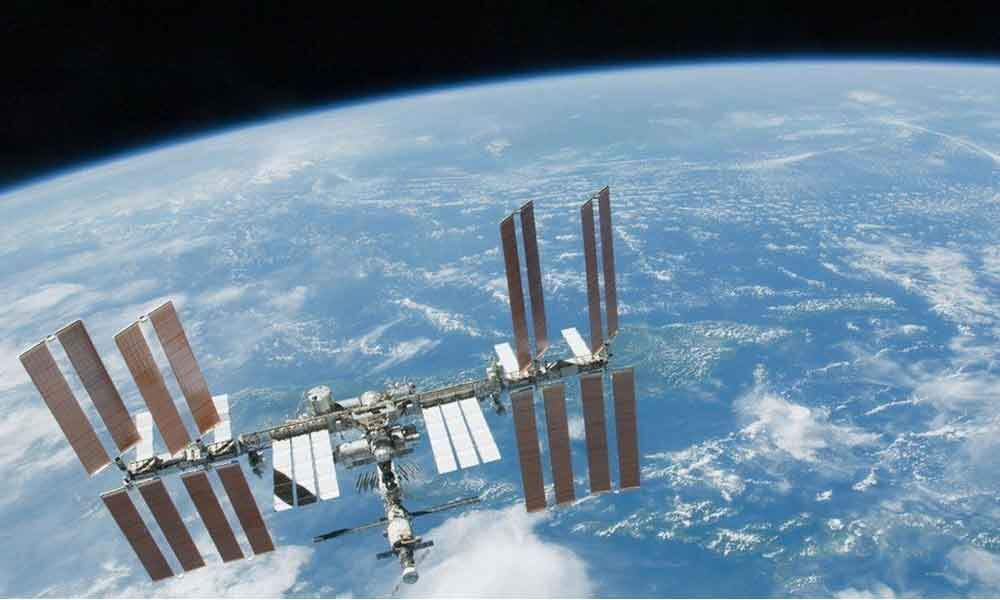

Satellites that need to closely observe Earth's surface and weather, or that are too heavy to lift into high orbits, are placed in low Earth orbit (LEO). These satellites pass over the same spot on Earth every 12 hours and are not observable to the naked eye. This includes the 31 Global Positioning System (GPS) satellites, and the satellites in the navigation networks of Russia (GLONASS), Europe (Galileo), China (BeiDou), India (IRNSS) and Japan (QZSS). Spacecraft that need to move around the Earth at a modest rate are placed closer in, at 12,600 miles (20,200 km) above sea level.
#Spot the international space station Patch
They stay in the same patch of the sky, more or less over the equator, so you can aim your satellite dish at them. This type of satellite will be dim and may be captured in your telescope, moving very slowly against the background stars. To do this, they need to be placed at 22,236 miles (35,786 km) above sea level. Telecommunication and some surveillance satellites have geosynchronous orbits designed to keep the spacecraft in view from the same spot on Earth at all times.

If you see an object with flashing lights, it's an aircraft. Other than crewed vehicles, satellites do not have lights, and none would be bright enough to spot from Earth anyway. Most satellites exhibit a steady light, but objects that are tumbling can glow and darken as they move. The brightness of the satellite depends on its distance and how much sunlight it reflects, by surface area and/or reflectivity. For satellites that are in extremely distant orbits, the Earth's shadow covers only a small patch of the sky, so they can be spotted in the middle of the night, too. Low orbit satellites can only catch the sun's rays in the hours just after sunset and just before sunrise. Except for the time when they pass through the Earth's circular shadow, they are fully lit. Orbiting satellites can be spotted because they are high enough overhead to be illuminated by sunlight, even when the sun is below the horizon for ground observers.


 0 kommentar(er)
0 kommentar(er)
